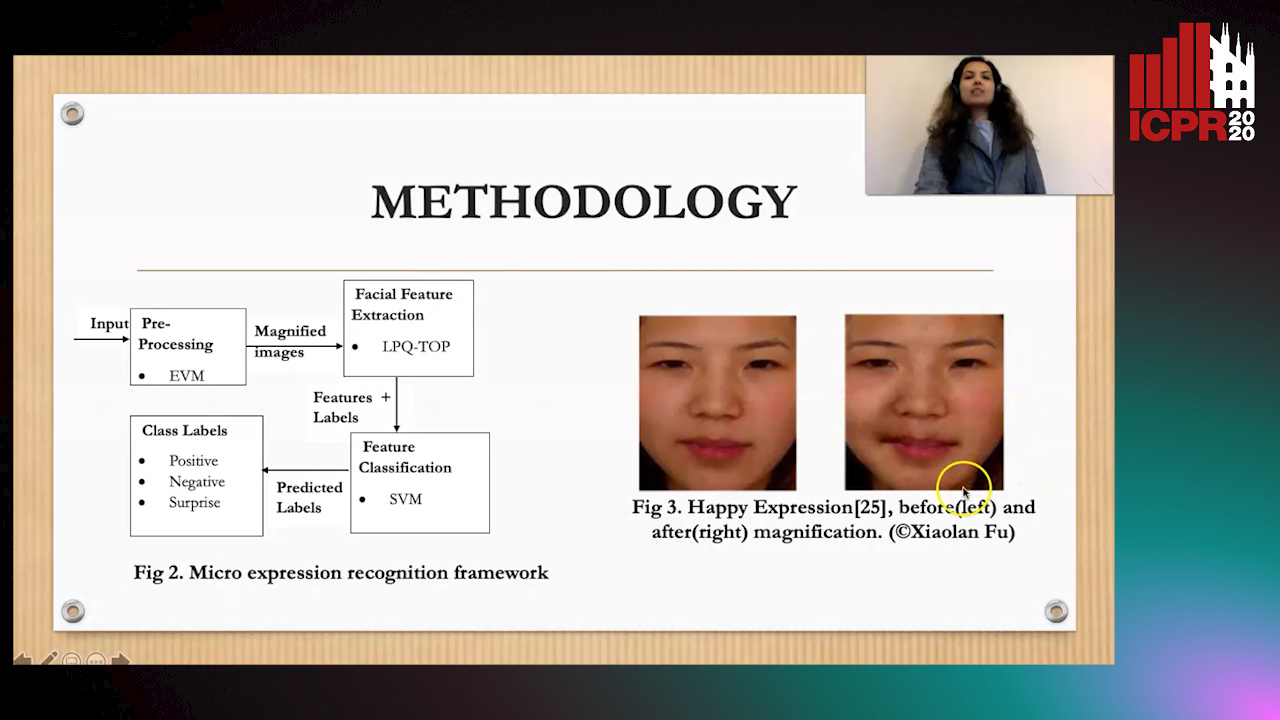Pratheepan Yogarajah
Papers from this author
Magnifying Spontaneous Facial Micro Expressions for Improved Recognition
Pratikshya Sharma, Sonya Coleman, Pratheepan Yogarajah, Laurence Taggart, Pradeepa Samarasinghe

Auto-TLDR; Eulerian Video Magnification for Micro Expression Recognition
Abstract Slides Poster Similar
Reducing-Over-Time Tree for Event-Based Data
Shane Harrigan, Sonya Coleman, Dermot Kerr, Pratheepan Yogarajah, Zheng Fang, Chengdong Wu

Auto-TLDR; Reducing-Over-Time Binary Tree Structure for Event-Based Vision Data
Abstract Slides Poster Similar